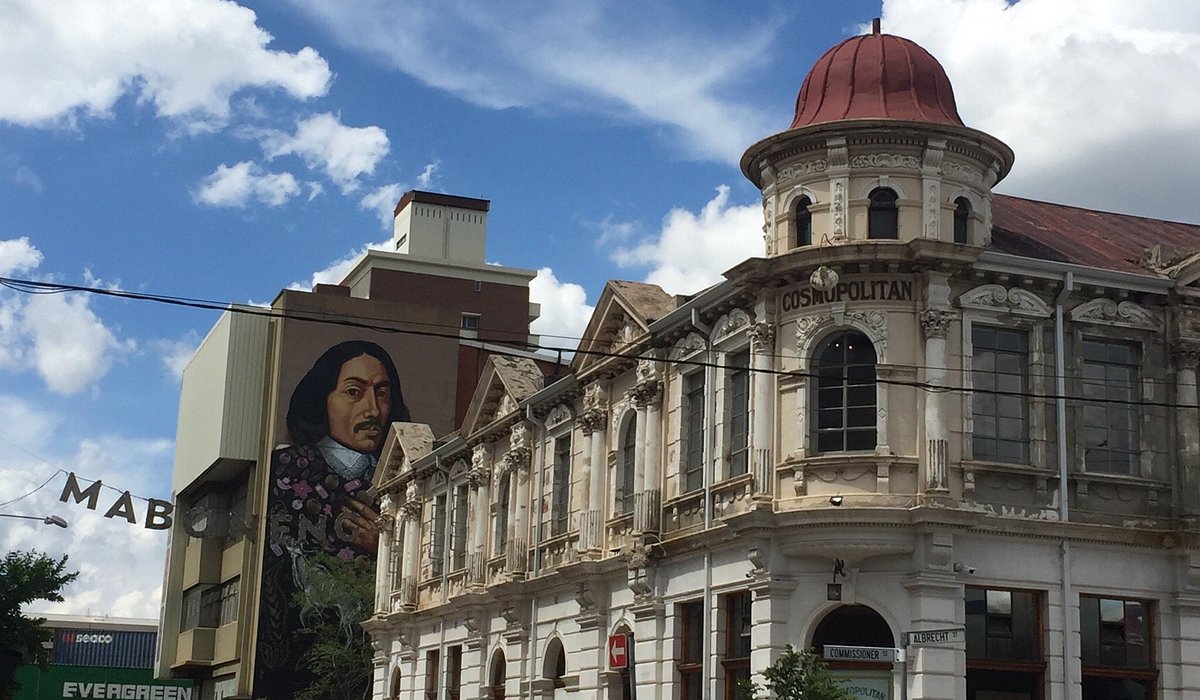Unknown Facts About Johannesburg North Attractions
Unknown Facts About Johannesburg North Attractions
Blog Article
Some Known Questions About Johannesburg North Attractions.
Table of ContentsThe smart Trick of Johannesburg North Attractions That Nobody is DiscussingNot known Facts About Johannesburg North AttractionsJohannesburg North Attractions for Dummies5 Simple Techniques For Johannesburg North AttractionsThe Only Guide for Johannesburg North AttractionsThe Greatest Guide To Johannesburg North Attractions
The city grew on the edge of the Witwatersrand Main Coral reef, a subterranean stratum of gold-bearing quartz-silica empire that arcs for hundreds of miles underneath the Highveld - Johannesburg North attractions. Most of the gold mines in the city stopped procedure in the 1970s, yet in its day the Witwatersrand gold sector accounted for even more than 40 percent of the world's annual gold manufacturing.Johannesburg has a temperate environment. The city appreciates about eight hours of sunshine per day in both winter season and summertime.
What rain the city receives falls nearly specifically in the summer months, usually in spectacular late-afternoon electric storms., where many homeowners still count on coal for fuel.

Some Known Questions About Johannesburg North Attractions.
The balance of the city is inhabited by whites. Lodging varies in personality and top quality.
Physical growth, although rather restricted by transportation, proceeded swiftly as immigration to South Africa, and Johannesburg particularly, increased drastically. This issue was fixed in the 1930s when the vehicle was presented in mass production to South Africa. Automobiles were, generally, constrained to the well-off, and allowed them to relocate to the north of the city and commute into the centre.
A lot of inadequate residential areas were combined, with poor blacks and whites living with each other, although the affluent suburban areas were normally booked for whites.
The previous system of eleven numbered areas was reorganised in 2006. Marshalltown, as seen from the top of the Carlton Centre. The M1 and M2 run behind the structures, and the southerly residential areas expand past the highway boundary. The central city of Johannesburg is located within the city's Area F. The number of individuals living in the inner city on a casual basis is unknown, as lots of are prohibited immigrants. The joblessness, education, and age profiles of the location are all unknown, due to the problem of getting reputable information about the location.
The Single Strategy To Use For Johannesburg North Attractions
Centred on the CBD, the area consists of the suburban areas of Yeoville, Bellevue, Troyeville, Jeppestown, and Berea to the east. To the west it spreads out to Pageview (Johannesburg North attractions) and Fordsburg. There are small industrial parks to the south, such as City West-Denver and Benrose. Around 800,000 travelers go through the central city on a daily basis, and it operates as a regional shopping node for visitors from the southern residential areas. Yeoville and Bellevue have a mix of home structures and single domestic devices on tiny whole lots. The region is located on a mountainous divide that runs from eastern to west.

Johannesburg Stadium, a training ground for both the Golden Lions and Orlando Pirates, is nearby. The eastern residential areas go to this website of Johannesburg lie in the city's 7th [] and 9th [] areas. The great post to read area is likewise functionally incorporated with East Rand boundary towns beyond the main boundary of Johannesburg, such as Bedfordview and Edenvale (both part of Ekurhuleni Metropolitan District).
Johannesburg North Attractions for Dummies
R. Tambo International Flight Terminal). The eastern suburbs are several of the earliest locations of Johannesburg, there are huge communities of Jewish and various other European histories, the majority of the population is English speaking. There are 3 golf courses in addition to a variety of safeguarded ridges with viewsites. There are several well-developed and up-market entertainment and shopping areas in the east such as the Eastgate Mall and the Greenstone shopping center.
Originally built to house male migrant workers, lots of have been improved go to these guys as residences for couples and family members. The suburban area was not traditionally allowed to develop work centres within the area, so practically all of its locals are commuters to various other components of the city.
Fascination About Johannesburg North Attractions
The N1 Western Bypass links the northern suburban areas with the north-western suburbs. The suburbs in the north suburbs are mostly official, with no substantial locations of informal real estate, or real estate that lacks a long-term framework. Although this is a well-known area, there is a fad of land use adjustment from household to industrial, especially along major arterial roads and around well-known nodes.
Roadways to the east and west are less well established, as there are no highways travelling in that instructions. Towards the northern boundary of the city, the density of development lowers, leaving large areas of undeveloped land around Midrand.
The Basic Principles Of Johannesburg North Attractions
, which is located on a hillside overlooking the inner city and Hillbrow.
Report this page